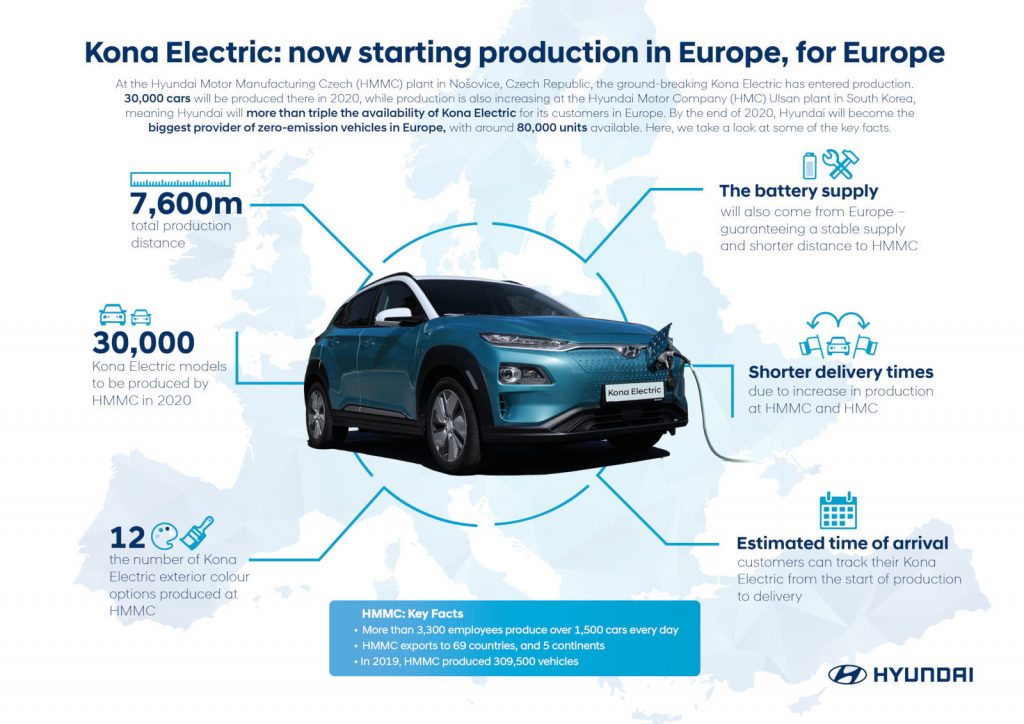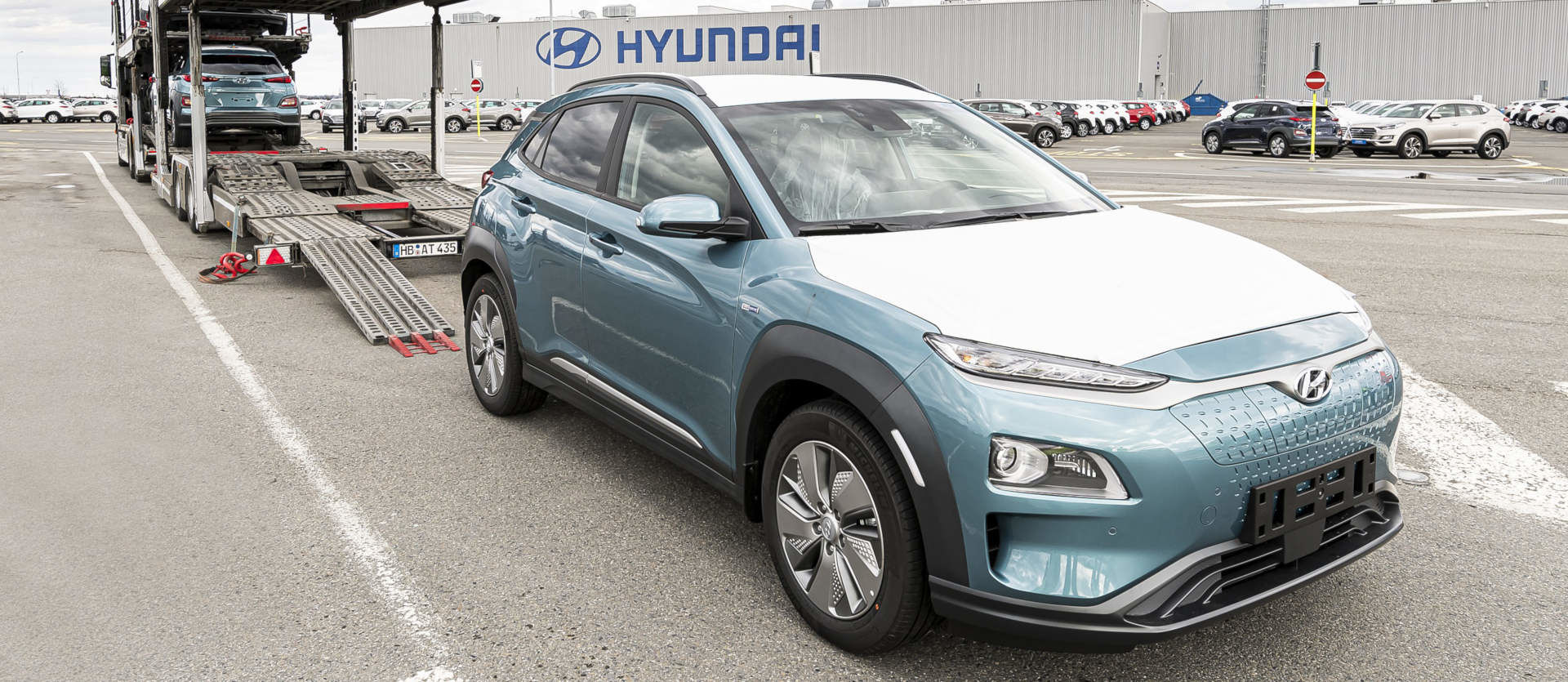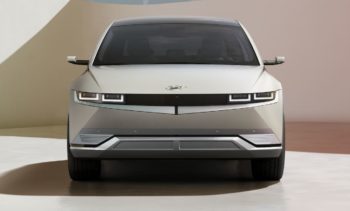After a three-week shutdown, Hyundai has resumed production at its Nošovice plant in the Czech Republic from 14th April, 2020. Hyundai will run two shifts of the original three shifts in the plant while the third shift will be used to disinfecting the plant. In 2019, Hyundai produced 309,500 cars at this plant.
The Czech economy relies heavily on the car industry and with the coronavirus outbreak, it has been hit severely. Czezh Automotive Industry Association that around 90 per cent of auto sector has been affected by the outbreak and forced to close operations, though the government has announced several aid schemes for both the companies and workers who are affected.
Other major manufacturers like Volkswagen AG and TPCA (a joint venture between Toyota Motor Corp. and Peugeot SA) have extended the shutdown of their operations in Czech. Volkswagen AG is expected to extend the shutdown 27th April, while TPCA has said it will resume operations only after 4th May.
Towards the end of March 2020, Hyundai started deliveries of its Kona electric SUV produced from the Czech plant, where the car’s production started just days earlier. With the Czech plant, Hyundai is looking to manufacture over 35,000 units of Kona within the next 12 months. The plant is operating with a production capacity of 150 units per day (the information received before the COVID-19 hit factories), which not only increases the general volume of production of Hyundai electric vehicles globally but also decreases the waiting period of customers in Europe.

The Hyundai Kona Electric produced at the Czech plant gets an increase in range to 484 km per charge according to WLTP cycle, up from 449 km in its current form, for the European market. But there’s a catch as this update will be only for the 64 kWh battery version and not the 39.2 kWh one that is sold in India.
Hyundai Kona Electric range increase is not battery related
Earlier, Hyundai stated that the EU-spec Kona Electric is fitted with Michelin Primacy 4 tyres but the tyres surely wouldn’t be the only factor here for a whopping 8 percent range improvement. Now, media reports suggest that Hyundai has altered the chassis and this, coupled with low rolling resistance tyres, are the reasons for the improved range. The underbody of the car, for instance, has been redesigned which allows for a reduction in aerodynamic drag. The battery size remains the same 64 kWh and so does the power output. Not being developed on a pure electric platform, Hyundai Kona Electric can still be improved in many ways that will result in better performance and range.
Hyundai started the production of the Kona EV at its Czech manufacturing plant with batteries sourced from the LG Chem factory in Poland. Along with increasing the existing supply from its South Korean plant, Hyundai is looking to reduce the delivery times for Kona in Europe. In 2020, Hyundai is planning to deliver 80,000 units of zero-emission vehicles in Europe that include the Kona Electric, Ioniq Electric and the Nexo fuel-cell models. With this move, it aims to become the biggest player in the zero-emissions vehicle segment of Europe and crashing Volkswagen’s party.

We are listening to our customers and have made this decision in order to meet the growing demand for our electric vehicles. With more and more people becoming concerned about the impact of their choice of car on the environment, we see a huge potential for EVs in the European market. This reflects our progressive mindset and will reinforce our position as a leader in future mobility.
Dong Woo Choi, President and CEO of Hyundai Motor Europe HQ
In India, Hyundai is looking to sell 500 units of the Kona as stated by S S Kim, Managing Director & CEO, Hyundai Motor India. Last year, the Korean carmaker sold over 300 units of the EV in India and kicked off the ‘long-range’ segment in the country. The company receives kits of the Kona from its South Korean plant (Ulsan) and has started localizing minor components like plastic and interior trim to protect the price from fluctuating import tariffs. The government has announced that basic customs duty of knocked-down electric vehicles will go up from 10% to 15% starting this month.
Hyundai is also preparing a minor model change (facelift) of the Hyundai Kona that is expected to be unveiled in the second half of the year. From the initial spy shots, it is clear that changes on the 2021 Hyundai Kona are not very deep on the exterior.
Video courtesy: The Wheel Network Youtube channel

![Compact Hyundai ‘Ioniq 3’ to be produced in Singapore in 2025 [Update]](https://electricvehicleweb.com/wp-content/uploads/2022/01/2025-Hyundai-Ioniq-3-rendering-front-350x220.jpg)
![Hyundai Ioniq 6 spied in production form for the first time [Update]](https://electricvehicleweb.com/wp-content/uploads/2021/09/Hyundai-Ioniq-6-front-rendering-350x197.jpg)
